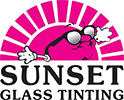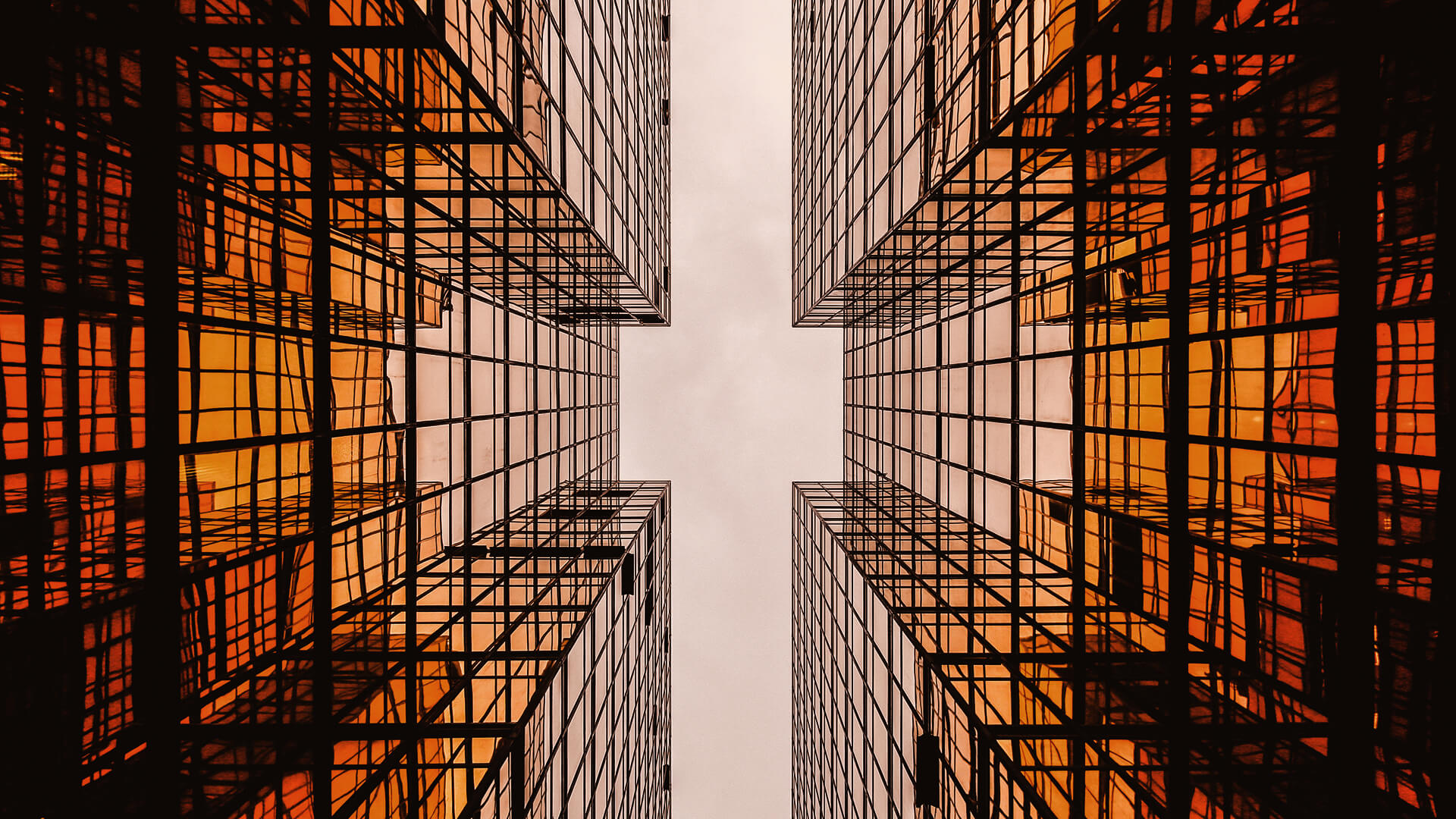
News
RECENT NEWS

Why Glass Film is Better Than Etched Glass
Decorative glass can be an interesting, creative way to change the look of a home, both inside and out. In the old days, well into the 1800s, stained glass assemblies were very common, and some folks still use them aside from churches. However, they weren’t very practical, have poor insulation, and are particularly fragile in terms of durability. Plus, trying to get stained glass windows repaired after the fact can be a bit of a beastly challenge. Not many technicians or vendors know how to do that kind of work anymore.
Practical options for decorative glass really fall into two categories today: etched glass and decorative window film. One might seem more permanent than the other, but the advantages and disadvantages in practice can be surprising.
Etched Glass Explained
Folks might be more familiar with a different name for etched glass based on what it was called in earlier times: French embossing. It was first developed back in the 1800s in about the mid century timeframe, and the skill has stuck going forward, particularly on smaller vent areas such as door windows, kitchen cabinet doors, garage door decorative windows and similar. The appearance gives a sense of white designs on a glass window surface, essentially scratching the glass to create the design, ergo etching. There are different methods of glass etching, from direct contact with acid to abrasive approaches like sand-blasting. Some designs are mass produced as patterns with a factory approach on multiple sheets of glass panes at a time.
Most times, etched glass is placed in small areas as an enhancement. It’s typically not used for large window surfaces, such as a living room window or similar. Again, the big challenge with focusing on etched glass is its rarity in terms of support. Not very many folks know how to deal with it any longer. While factory produced glass is available, it’s pretty much an insert/replace job versus restoration.
Decorative Window Film
As an application versus a form, decorative window film is applied on top of existing glass on the interior side of the frame. Doing so allows a film to provide more benefits for a homeowner or office than just tinting or decoration alone. It can also include heat and glare reflection as well as create intentional obscurity to provide greater privacy inside a building or home. The primary attraction is the patterns or prints that can be included in the film as it is laid on a glass plane, but the product also gives flexibility in size application as well. Decorative window film can be used to generate the same kind of window appearance as etched glass, but over a larger space or at a lower cost.
It is possible to obtain decorative window film for exterior application as well. Oftentimes used for commercial or industrial settings, this type of film is applied to the outside of the building, and it can create overall building enhancements as well as provide a layer of window protection from the elements.
Installation
With a professional service, decorative window film installation is a snap. Providing customers with a professional application avoids a lot of self-help mistakes associated with unfamiliar with the installation process, and it avoids a lot of the myths that give window film a bad name, such as bubbling or peeling. Instead, folks are able to enjoy a significant window appearance change with benefits while avoiding the significant cost and challenge of managing etched glass. Call us at Sunset Glass Tinting to find out more!
Subscribe to email updates
Recent posts
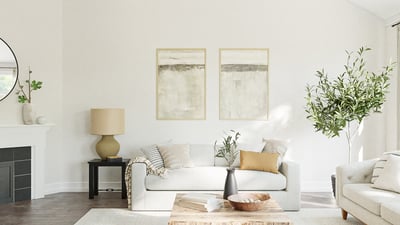
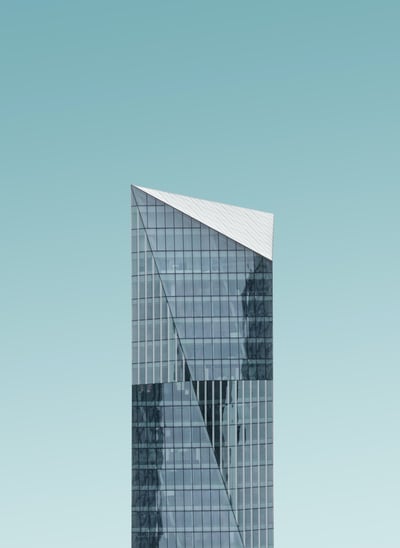
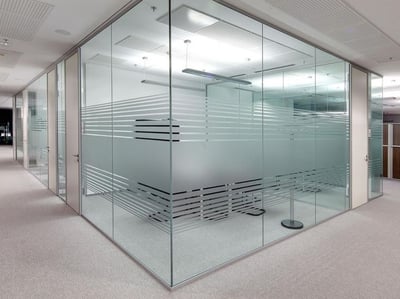
Related Articles
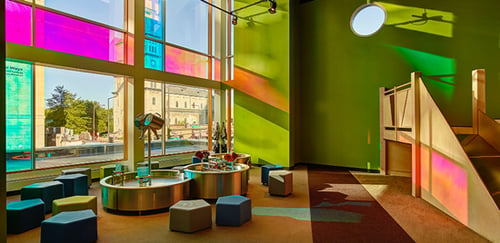
Topics
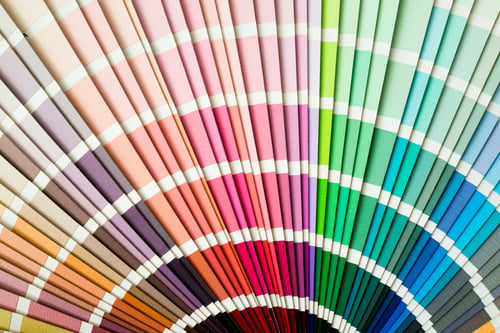
Topics
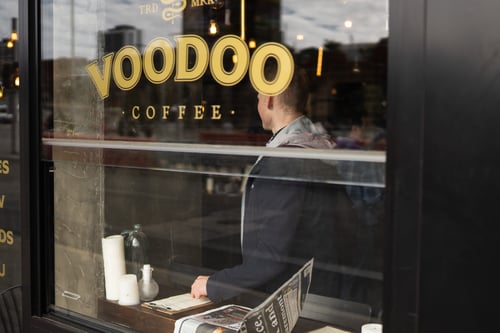
Topics
